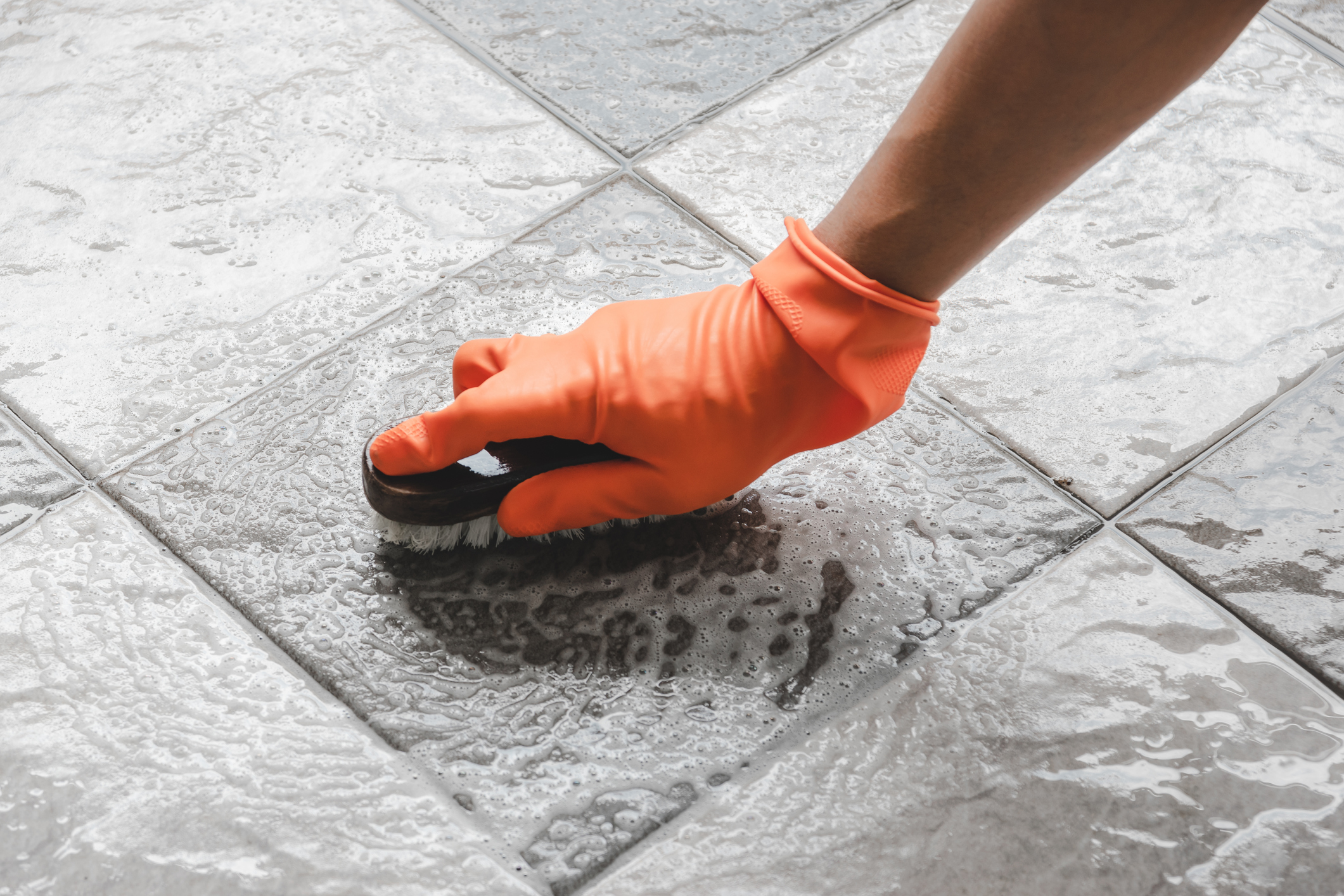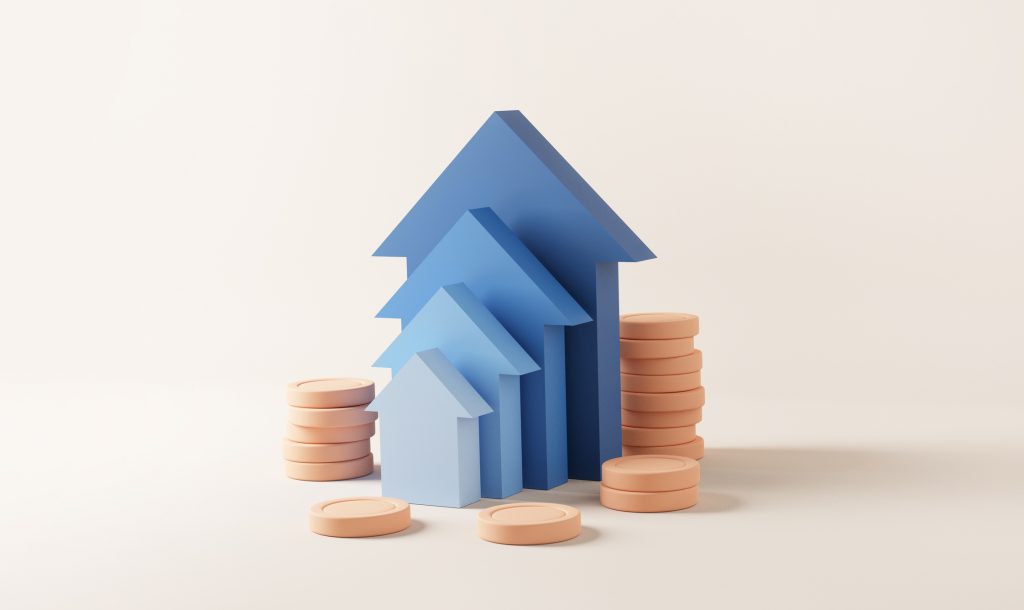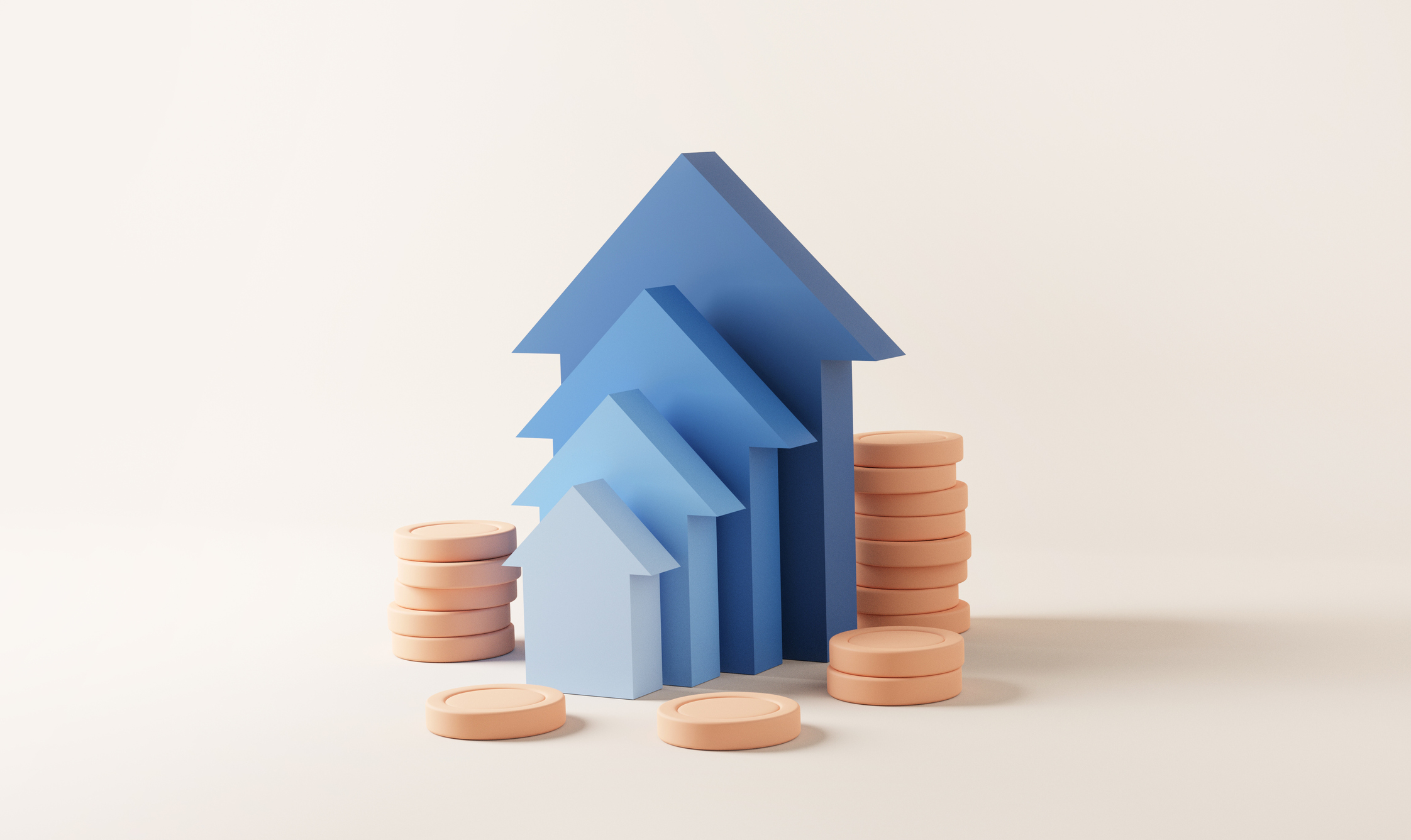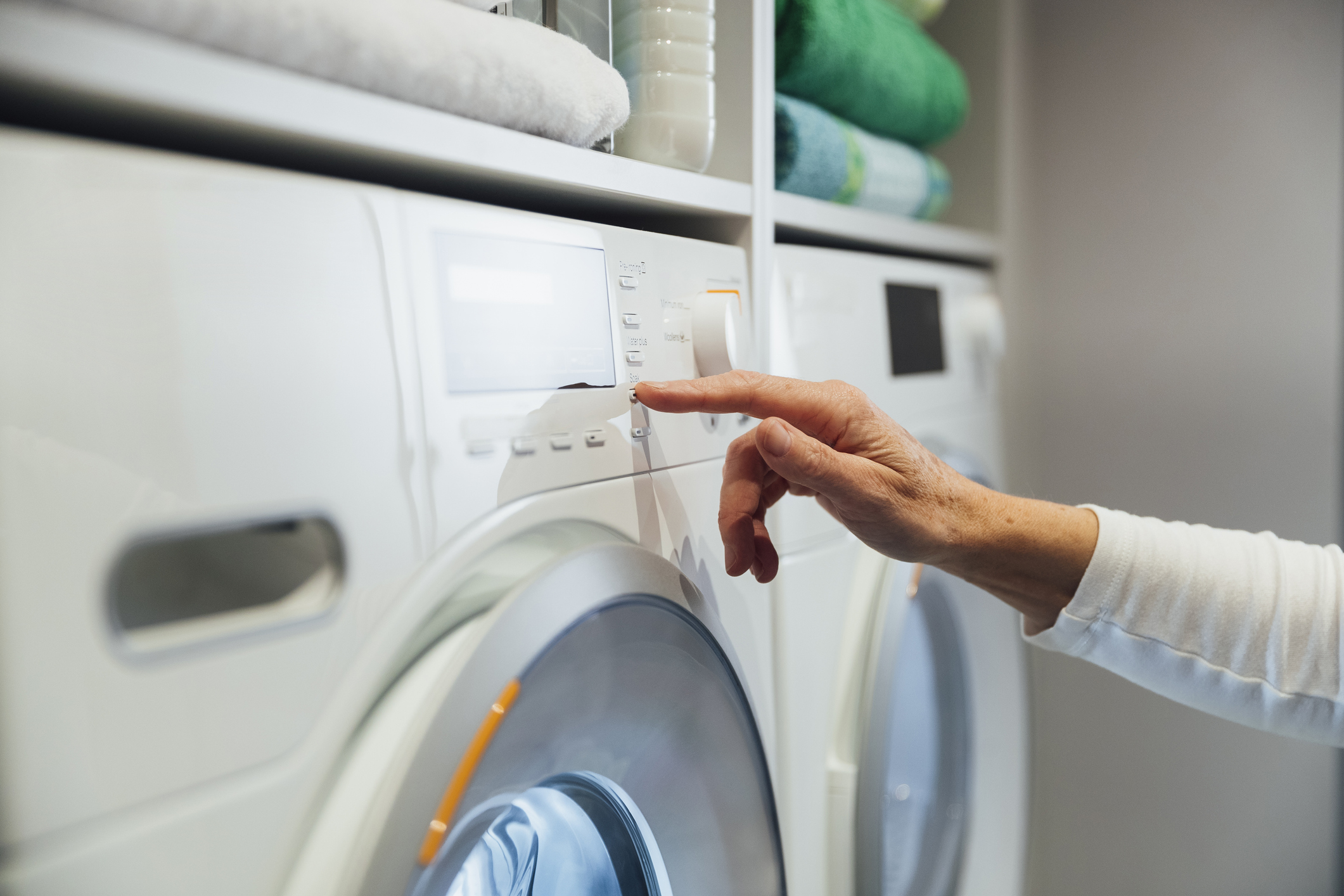Whether you are buying or selling a home, mold is something to be mindful of. Health concerns and potential damage make mold a red flag for buyers. Even if you’re not planning to sell any time soon, taking care of mold problems now can prevent even larger and more costly issues in the future. Contrary to what some people think, mold is not a geographic problem—it can occur anywhere, no matter where you live. Here is some basic information about mold and how to deal with it.
What is mold?
Molds are microscopic organisms that are found virtually everywhere indoors and outdoors. There are thousands of different kinds of mold. Their natural function is to help break down dead materials such as stumps and leaves so the nutrients can be used by the environment. For molds to grow, they need two things: an organic food source—such as leaves, wood, paper, or dirt—and moisture.
Mold Causes Damage
Mother Nature uses mold to decompose plant material. Unfortunately, when present indoors, it can be equally destructive. Mold growth can damage furnishings, such as carpets, couches, and cabinets. If it goes undetected or neglected, it can also cause serious damage to walls and structural elements in your home.
Mold is present everywhere, and most people tolerate exposure with no adverse effects. If allowed to spread, however, it may cause problems. As molds grow, they release thousands of tiny spores that travel through the air. When inhaled in large enough amounts, these spores may increase the risk of adverse health effects in some people, particularly respiratory problems. A less-common strain of mold called “black mold” can be particularly troublesome to those who are especially sensitive.

Image Source: Getty Images – Image Credit: wattanaphob
Common Causes of Mold Growth in Homes
No matter your local climate, your home is vulnerable to mold. There are many sources of mold problems, from faulty air conditioners to poorly positioned sprinkler systems. Here are the most common sources of mold inside the home:
- Flooding
- Leaky roofs or damaged gutters
- Heating or cooling system problems
- Poor drainage next to foundation
- Plumbing leaks from toilets, refrigerators, and dishwashers
- Damp basement or crawl space
- Leaking windows or doors
- Steam from shower or cooking
- Indoor exhaust from dryer
Detecting Mold in Your Home
If you can see or smell mold inside your home, it’s time to act. Any area that has sustained past or ongoing water damage should be thoroughly inspected—you may find hidden mold growth in water-damaged walls, floors, or ceilings. Walls and floors that are warping or discolored can also indicate moisture problems, as can condensation on windows or walls.
How to Prevent Mold in Your Home
Since mold is always present, there’s no way to eliminate it completely. You can control indoor mold growth, however, by controlling moisture.
- Remove the source of moisture by fixing any leaks or other water problems.
- Make sure your bathroom fans and dryers are properly vented to the outside. Always use the exhaust fan when cooking or showering.
- Use a dehumidifier to reduce moisture levels in the air. Make sure your AC system is well maintained and is the correct size for your home. A faulty AC system can cool the air without removing the water vapor, creating high humidity.
- Insulate your home well to prevent indoor condensation.
- Have your heating, ventilation, and cooling systems professionally cleaned annually. Air-duct systems can easily become contaminated with mold.
- Regularly clean moist areas such as the bathroom with products that treat mildew.
- Dry clean your carpets (as opposed to wet cleaning them).
- Avoid carpeting bathrooms and basements.
- Clean any moldy surfaces as soon as you notice them.
How to Deal with Mold in Your Home
Mold can be a manageable problem. If you have a mold problem that is isolated to a small area—less than a square yard or so—you can try to resolve it yourself. However, if your mold problem is severe or if you have extensive water damage, it’s best to call a professional contractor who specializes in mold removal.
Porous items that are hard to clean, such as carpet and drapes, should be discarded. Moldy sheetrock and ceiling tiles can be removed and replaced. Hard, nonabsorbent surfaces such as glass, plastic and metal should be thoroughly cleaned with soap and water and allowed to dry completely. For solid items that are semi-porous, such as floors, cabinets, and wood furniture, scrub with an ammonia-free cleaner and hot water to remove the mold. Rinse with water and dry thoroughly. After cleaning, apply a mildewcide to kill mold and spores.
When cleaning mold, remember to wear gloves, a mask, and eye protection, and work in a well-ventilated area. Never mix cleaner containing bleach and ammonia; this can result in the release of a toxic gas. And be sure to throw away any sponges or rags that you use for cleaning.

 Facebook
Facebook
 X
X
 Pinterest
Pinterest
 Copy Link
Copy Link























